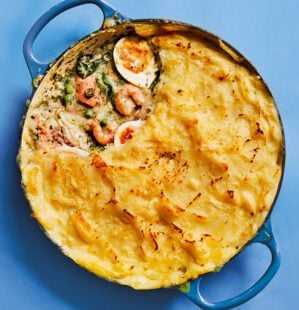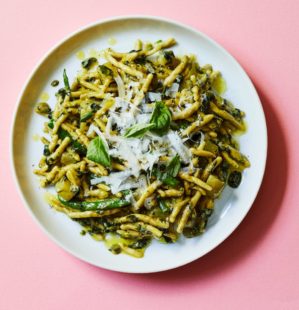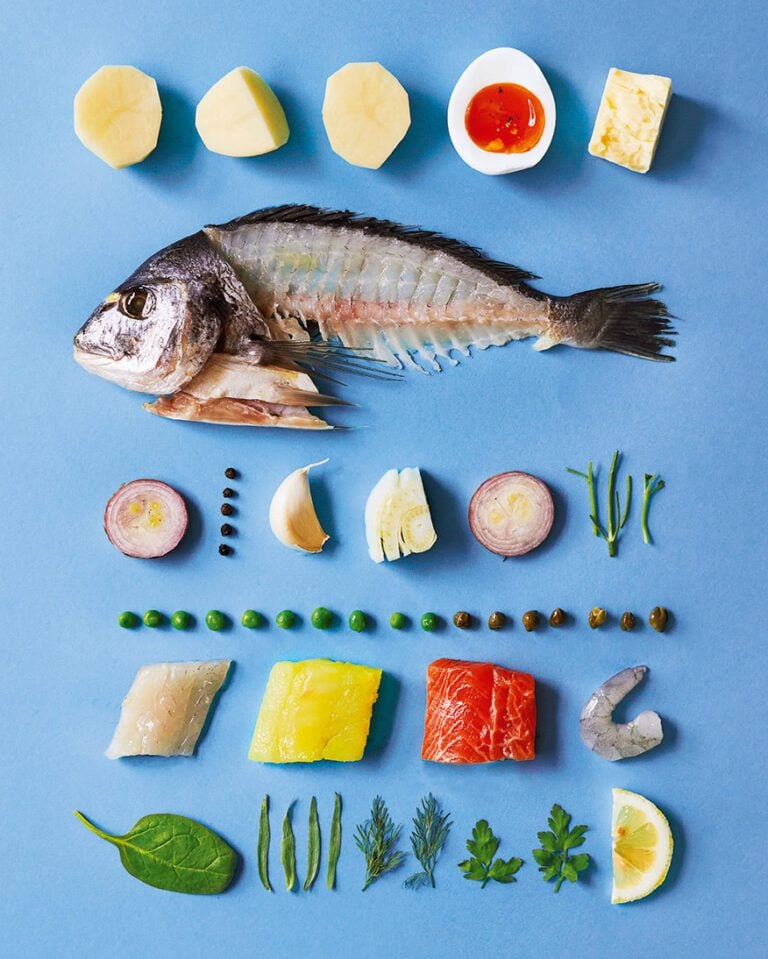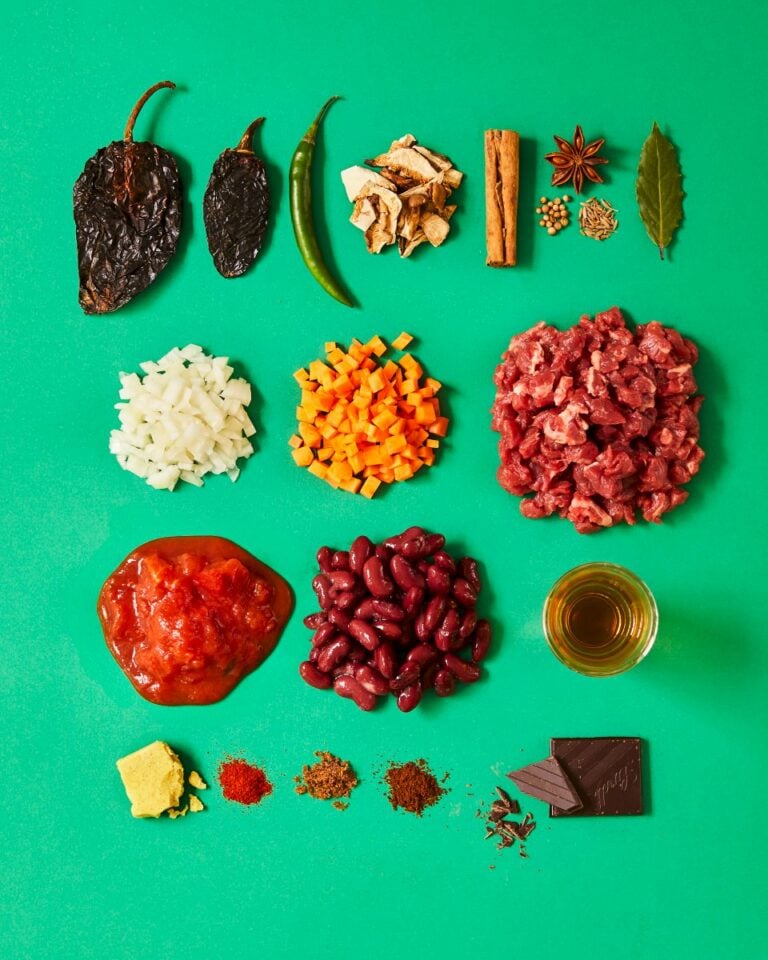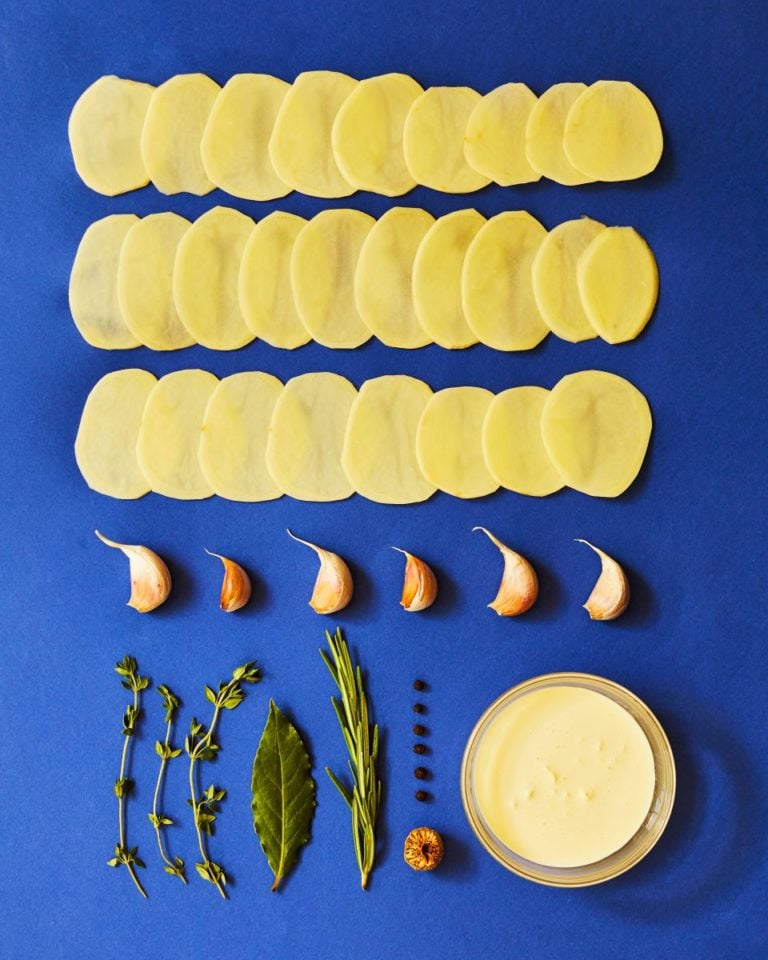Best of the best: how to make the ultimate lasagne
No shortcuts. No cheat ingredients. Our best of the best series takes the view that if something’s worth doing, it’s worth doing right. Each month we take a deep-dive into a classic dish, delving into the processes and analysing why it tastes so good, then we’ll give you our ultimate recipe. This time: Pollyanna Coupland peels back the layers of lasagne to create the best-ever take on this beloved pasta bake…
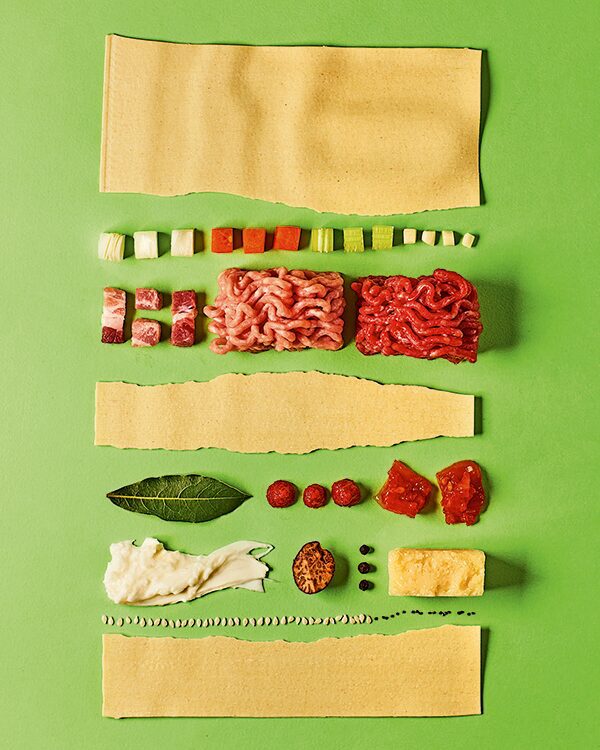
Is there anything more comforting than a big slab of lasagne? I don’t think so. The classic layered pasta dish comes from Emilia-Romagna, that magical region of Italy responsible for parmesan, balsamic vinegar and more, but lasagne is now world famous, having made its way onto British restaurant menus and weekly shopping lists. It’s also a dish that (for better or worse) is open to interpretation. As long as you’re layering up sauce and sheets of pasta then baking it, a recipe tends to fall into the lasagne category. While I’m not veering from the original concept of lasagne (meat ragù, bechamel and pasta), I certainly can’t claim that my recipe is ‘authentic’. But in my opinion, this is the best version of that dish: sturdy, rich, balanced and the perfect culinary ballast against the chill of winter.
Don’t rush your ragù
Any good lasagne lives or dies on the quality of its ragù. The meat sauce is where your flavour comes from; the pasta itself is really there for structural integrity, while the bechamel adds creamy richness and glues everything together. As the Italians often do, I’ve opted for a half beef mince, half pork mince approach. Pork mince is fattier and more tender than beef, resulting in a softer texture and a more flavourful filling. Cook the mince in a large pan over a high heat, ladling out any liquid released by the meat so it gets a good caramelisation – it’s ready when it’s properly brown, rather than a dull grey.
When it comes to tomatoes, I like to use a mixture of passata, purée and tinned chopped tomatoes to get a perfect balance of texture and sauciness. The trick to turning a good ragù into a great one, however, is a good splash of milk. It might sound strange to add milk to a tomatoey sauce, but it helps round out the flavours, adds richness and tempers the acidity. The calcium also helps to tenderise the meat, creating an even softer texture.
Lastly, a good ragù takes time, so embrace the process. Lasagne is not a quick weeknight dinner; it’s something to celebrate. I’ll often make a bigger batch of ragù at the weekend, enjoy some of it with spaghetti, then save the rest in the fridge or freezer for a future lasagne. Classic ragù should be thick and sturdy; if you chill the sauce it should turn almost solid. We don’t want to take it quite that far for this (as the liquid in the sauce is what cooks the pasta), but you don’t want it to be watery – it should cling to your spatula.
"A good ragù takes time, so embrace the process. Lasagne is not a quick weeknight dinner; it’s something to celebrate"
Better bechamel
Working in perfect tandem with the ragù, bechamel is the mild, creamy sauce that helps hold everything together. Regular bechamel is relatively bland (save for a little nutmeg spicing), so my secret trick is to make a brown butter bechamel. It’s easy – when melting the butter for the roux, just keep it foaming away for a little longer until it turns nutty brown, then add the flour and milk as normal. I also add mozzarella, parmesan and a splash of vinegar to the sauce when it’s done – traditional it is not, but delicious it most certainly is.
Fresh versus dried pasta
It’s tempting to think fresh pasta is always best – and the fact you can easily buy fresh lasagne sheets these days suggests they’re the one to go for. Don’t be sucked in! Dried pasta sheets are best as they provide the necessary structure for distinct layering. They don’t need to be par-boiled either, as some recipes state (this can make the sheets stick together). The moisture in the ragù and bechamel should be enough to ensure the pasta softens during the long, slow bake.
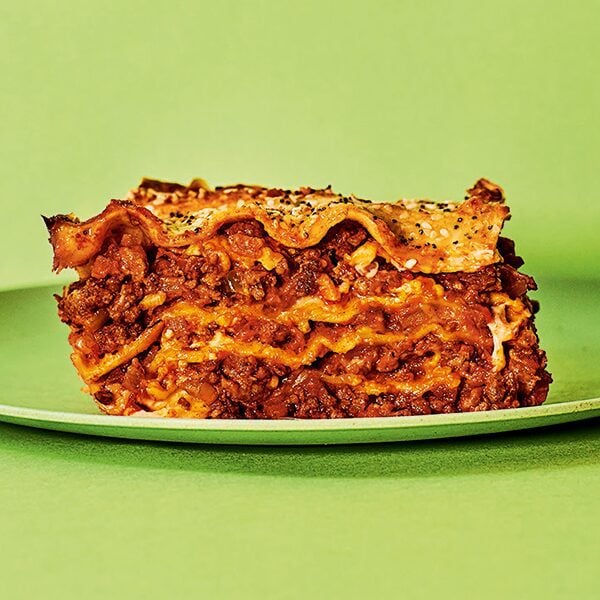
Texture and crunch
Ask anyone what their favourite part of a lasagne is and I bet most will say ‘the crispy bits’. Lasagne tastes incredible, but texturally it can be a bit one dimensional if it’s all soft, soft, soft (ready meal lasagnes can be particularly bad for this – there’s always far too much sauce, with the layers sloppily sliding off one another).
A crisp top is key to add a little interest, so always finish your lasagne with pasta sheets topped with bechamel and extra grated parmesan – the sauce will cook the pasta through but let a few corners poke out and caramelise in the oven. In my family, lasagne has always been topped with sesame and poppy seeds too, which would no doubt make an Emilia-Romagnan faint – but believe me, it really works, adding a bit of crunch.
How to serve the lasagne
Lasagne is not a dish that should be served straight from the oven. Just like a cake, it needs time to cool and rest before being sliced – dive in too soon and the sauces will still be too liquid, causing the layers to collapse as it goes from baking dish to plate. You’ll need some restraint – leave it to rest in the dish for at least 10 minutes before you serve (at the very least, you’ll decrease the risk of burning your mouth).
In Italy, lasagne is generally served at room temperature – I wouldn’t go that far as we don’t have the same warm weather here in the UK, but a too-hot lasagne won’t allow the flavour to come through like it should, so be patient!
Finally, you’ll notice I haven’t put any basil in my recipe. That’s because the long, slow cook of the ragù – both in the pan and then in the oven – means any basil will wither away into flavourless black specks. The best approach is to serve your lasagne with a simple salad of basil leaves dressed in olive oil and balsamic vinegar. It stays super fresh and aromatic, cutting through the richness of the lasagne beautifully.
Having said that (and please don’t judge), I also absolutely love to serve lasagne with chips and garlic bread – a tremendous trio of carbs – so you do whatever you want….
Now you’re ready to make the best of the best lasagne recipe.
Subscribe to our magazine
Food stories, skills and tested recipes, straight to your door... Enjoy 5 issues for just £5 with our special introductory offer.
Subscribe
Unleash your inner chef
Looking for inspiration? Receive the latest recipes with our newsletter
